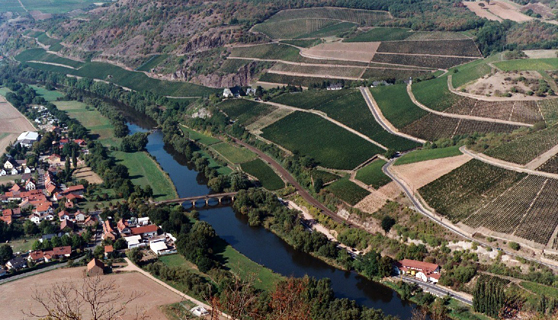
Bill Spohn
He put the 'bar' in 'barrister'
10861
Tue Mar 21, 2006 7:31 pm
Vancouver BC
Paul Winalski
Wok Wielder
9093
Wed Mar 22, 2006 9:16 pm
Merrimack, New Hampshire
Bill Spohn
He put the 'bar' in 'barrister'
10861
Tue Mar 21, 2006 7:31 pm
Vancouver BC
Bill Spohn
He put the 'bar' in 'barrister'
10861
Tue Mar 21, 2006 7:31 pm
Vancouver BC
Bill Spohn wrote:- the Macintosh was invented as a rain coat by adding rubber o fabric coats but they tended to become iron hard and brittle in winter and to melt down into a smelly mess in summer.
Paul Winalski
Wok Wielder
9093
Wed Mar 22, 2006 9:16 pm
Merrimack, New Hampshire
Bill Spohn wrote:among mammals, only primates, guinea pigs and the Indian fruit bat require vitamin C in their diet. Dogs, cats, etc. manufacture ascorbic acid in the liver from glucose.
Bill Spohn
He put the 'bar' in 'barrister'
10861
Tue Mar 21, 2006 7:31 pm
Vancouver BC
Paul Winalski wrote:Bill Spohn wrote:among mammals, only primates, guinea pigs and the Indian fruit bat require vitamin C in their diet. Dogs, cats, etc. manufacture ascorbic acid in the liver from glucose.
Which means that, despite what they say in pirate-speak, there is no such thing as a scurvy dog. Arr, matey!
-Paul W.
Paul Winalski
Wok Wielder
9093
Wed Mar 22, 2006 9:16 pm
Merrimack, New Hampshire
Bill Spohn wrote:Dyes are another area where chemical advances had great importance, as far back as Roman and Phoenician times when royal purple meant harvesting a lot of sea snails.
Dale Williams
Compassionate Connoisseur
11945
Tue Mar 21, 2006 4:32 pm
Dobbs Ferry, NY (NYC metro)
Paul Winalski
Wok Wielder
9093
Wed Mar 22, 2006 9:16 pm
Merrimack, New Hampshire
Larry Greenly
Resident Chile Head
7516
Sun Mar 26, 2006 11:37 am
Albuquerque, NM
Bill Spohn
He put the 'bar' in 'barrister'
10861
Tue Mar 21, 2006 7:31 pm
Vancouver BC
Paul Winalski
Wok Wielder
9093
Wed Mar 22, 2006 9:16 pm
Merrimack, New Hampshire
Bill Spohn
He put the 'bar' in 'barrister'
10861
Tue Mar 21, 2006 7:31 pm
Vancouver BC
Paul Winalski
Wok Wielder
9093
Wed Mar 22, 2006 9:16 pm
Merrimack, New Hampshire
Larry Greenly
Resident Chile Head
7516
Sun Mar 26, 2006 11:37 am
Albuquerque, NM
Bill Spohn wrote:I enjoy using quinine (tonic) water mixed with a shot of Angostura bitters in a tall iced glass of gin to fend off the potentially infected mosquitos around my neighbourhood in summer. Strictly for medicinal purposes, mind you!
Larry Greenly
Resident Chile Head
7516
Sun Mar 26, 2006 11:37 am
Albuquerque, NM
Paul Winalski wrote:Resistant strains of Plasmodium falciparum (the plasmodium that causes the most severe forms of malaria) unfortunately are showing up. Chloroquine and hydroxychloroquine are still first-line treatments in areas where the resistant strains haven't shown up (yet). -Paul W.
Users browsing this forum: ClaudeBot, Google AgentMatch and 1 guest